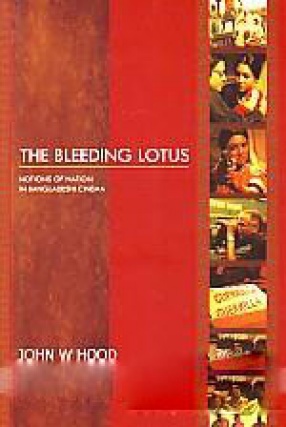
Showing all 8 books
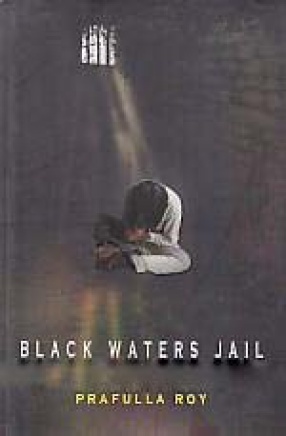
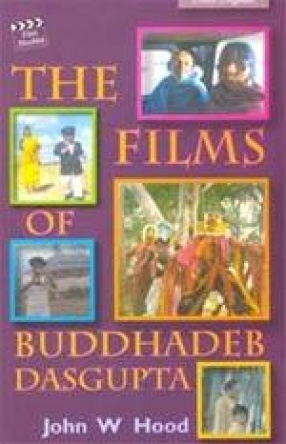
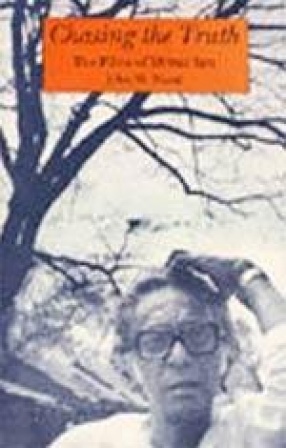
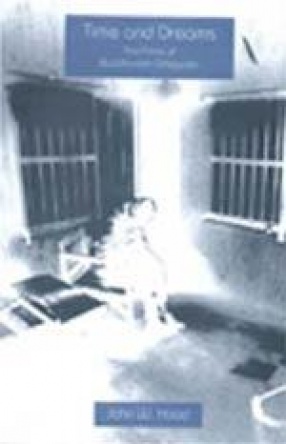


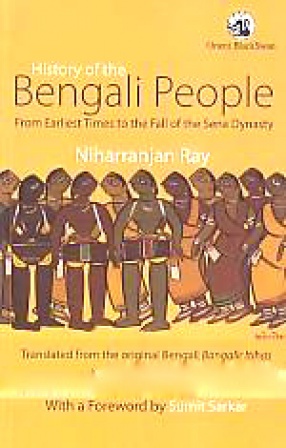
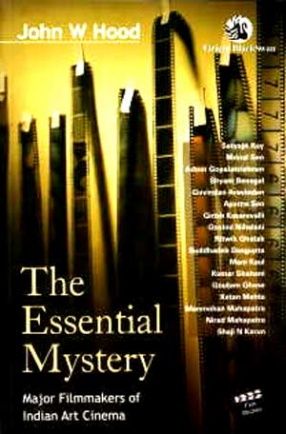
A comprehensive overview of Indian art cinema, this substantially revised and updated edition takes a critical look at the major filmmakers of the genre. The film directors who form the corpus of this new edition now include among others Satyajit Ray, Mrinal Sen, Adoor Gopalakrishnan, Shyam Benegal, Govindan Aravindan, Aparna Sen, Girish Kasaravalli, Govind Nihalani, Ritwik Ghatak and Buddhadeb Dasgupta. A final chapter critically examines the works of filmmakers ...

Buddhadeb Dasgupta has established himself as one of India's finest filmmakers and won international acclaim for his thirteen feature films. His works are characterized by technical excellence and artistic beauty and are noted for their extraordinary originality in both style and substance. The themes of his films are as varied as they are many, but there is an abiding concern for the individual in isolation or alienation, for the misfit, the rebel, and the ...

Mrinal Sen is one of India’s foremost filmmakers, a pioneer of the alterative cinema movement in India. A veteran director whose career spans five decades, he produced his first film in the 1950s and has since made twenty-six features, two documentaries, and a number of televisions films. He is a writer-director whose works are permeated by his engagement with social issues and by his acute political awareness. His widely varied films encompass direct political ...

Art cinema in Bengal has a considerable reputation with masters like Satyajit Ray, Ritwik Ghatak and Mrinal Sen establishing a reputation for originality and artistic integrity. Poet and filmmaker Buddhadeb Dasgupta upholds this tradition with his sensitive films which have won critical kudos and awards at national and international film festivals. With his very first feature film, Duratwa, in 1978, Buddhadeb Dasgupta was considered a filmmaker to watch; Satyajit ...
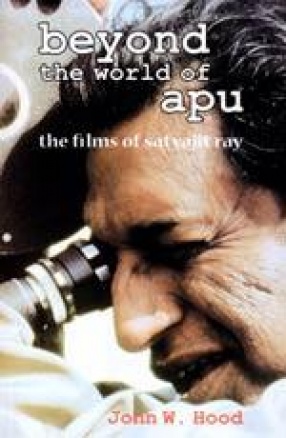
In this new work, John W. Hood makes a thoroughly informed, socio-historical critique of all twenty-nine feature films of Satyajit Ray. Structured along themes which the author has identified in Ray's movies, this reassessment analyses each film independently, on the basis of its individual merits and lapses, carefully avoiding the popular hagiography that is common to much of Ray criticism. Having taken us through the two ends of the spectrum of excellence ...
